28 September 2021
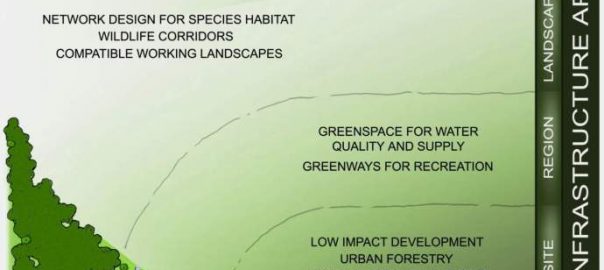
“Both [US political] parties agree: Trees are infrastructure. The bipartisan infrastructure deal moving through the Senate includes at least $5.75 billion for restoring, monitoring and researching forests, according to the legislative text and summary. Beyond money, the package also includes policies that could make it easier to prepare for wildfires....
9 Comment(s)Join our Conversation
10 September 2021
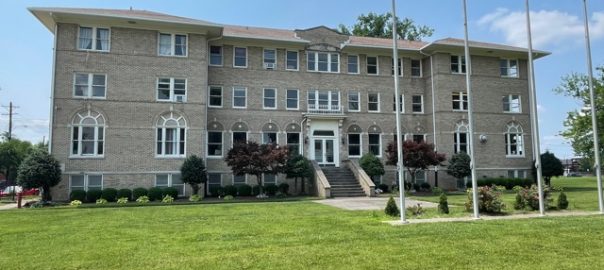
Read Brian McGrath’s reflection. Does architecture have a “color”? by Steward Pickett Does architecture have a “color”? In the United States, the answer seems to be yes. Architecture in the U.S. has been practiced largely by and for white people. Indeed, Glenn Lowry, Director of the Museum of Modern Art...
1 Comment(s)Join our Conversation
7 September 2021

0 Comment(s)
Join our Conversation
31 August 2021
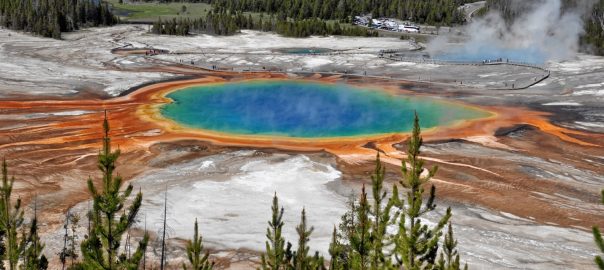
Rethinking Nature Protection in the Context of the Sustainable Development Goals
Read this in English. Repenser la protection de la nature dans le contexte des Objectifs du Développement Durable en articulant action locale et régionale avec les politiques nationales et internationales Un constat sans appel Sur la base des listes rouges produites par l’UICN, le Chief scientist de l’IUCN, Thomas Brooks...
0 Comment(s)Join our Conversation
30 August 2021

What the pandemic we live in revealed is something we knew, experienced, but had not well-evidenced at scale: nature in cities is fundamental for maintaining and regaining our physical and mental health. There is a broad literature on the benefits of green space for promoting physical activity and health, reducing...
0 Comment(s)Join our Conversation
25 August 2021
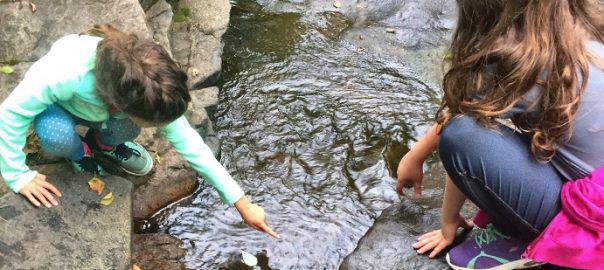
1 Comment(s)
Join our Conversation
23 August 2021
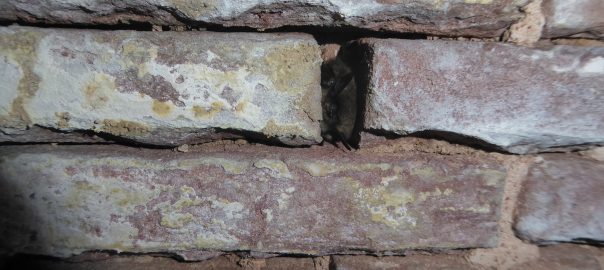
Bats — “they live in the dark, they eat your blood, they fly in your hair, and they spread diseases like Ebola”. At least that is what stereotypes have painted them to be Most people do not know much about bats. Since COVID-19, the reputation of bats is even worse...
0 Comment(s)Join our Conversation
17 August 2021

The River Avon Most visitors to the city of Bath in the West of England come to enjoy its grandiose Georgian crescents, terraces, and squares, and Roman-built baths, which have been beautifully crafted from the locally mined honey-colored oölitic limestone. Indeed, the city’s magnificent architecture and Roman remains have been...
0 Comment(s)Join our Conversation
3 August 2021

Aren’t we living in crazy times? It seems that the COVID-19 pandemic may never end. Home office, covering our faces with masks and social distancing have suddenly become part of our daily routine. In the beginning of the first lockdown, the world outside seemed so near due to the various...
1 Comment(s)Join our Conversation
19 July 2021
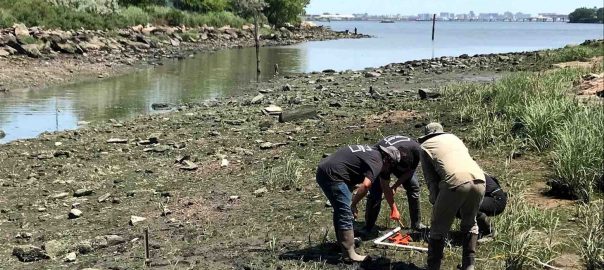
Recently, New York State Governor Andrew Cuomo announced the launch of “Restore Mother Nature”, an aggressive program for habitat restoration and flood reduction. “We must begin restoring the natural balance we disrupted,” said the Governor. “Mother Nature had a plan, she had resiliency built in. We are the ones who...
2 Comment(s)Join our Conversation
25 June 2021

As we are living in the second year of the pandemic. We are learning to adapt to new urban living, new ways of working—mostly remotely and at times in a blended way—and most of all, learn to reconnect to our urban places and spaces. Many local governments have put in...
0 Comment(s)Join our Conversation
15 June 2021

Every day I make the commute between my home in a rural-style village on an “outlying island” (Lamma Island) to the middle of the city in Hong Kong. Altogether the journey is about one hour one way and involves walking, a ferry, and a subway/MTR ride. A variety of things...
0 Comment(s)Join our Conversation
7 June 2021
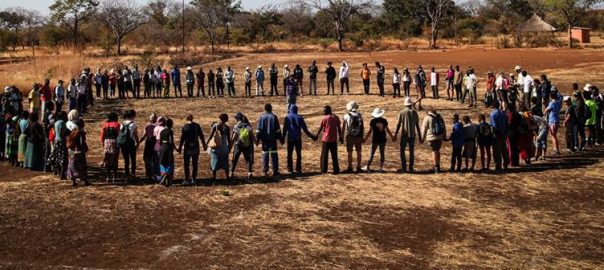
2 Comment(s)
Join our Conversation
31 May 2021

Cities around the globe are seeing increased civic interest and appreciation of nature in the city. Pictures with citizens thronging to urban parks and urban waterfronts adhering to social distancing have flooded social media and traditional media alike in the past months. This appreciation and recognition of how important it...
0 Comment(s)Join our Conversation
22 May 2021

Financing Greener Cities for the Future We Want
(Read this in English.) Pour des infrastructures respectueuses de la nature Le monde s’urbanise rapidement, exposant nos ressources naturelles à une pression croissante pour répondre aux demandes en infrastructures, terres, eau, nourriture et autres besoins vitaux. Selon le département des affaires économiques et sociales des Nations unies (UN DESA), 55...
0 Comment(s)Join our Conversation
18 May 2021

Things fall apart Standing at a crossroads, looking into the eye of a perfect storm, these are anxious days for humanity. The full social, humanitarian and economic fall-out of the COVID-19 pandemic may have barely come to pass but it already makes the 2008-09 global financial crisis look like child’s...
0 Comment(s)Join our Conversation
12 May 2021
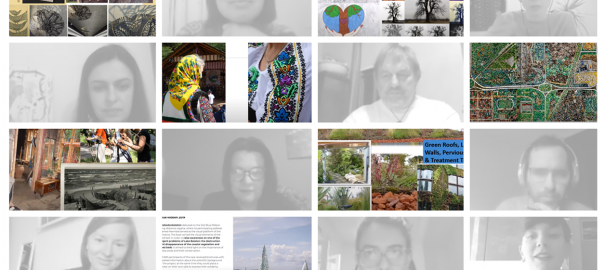
Art and activism have a great potential to communicate social-ecological messages, and to engage the public in exploring local ecological knowledge. Where and how local ecological knowledge (LEK) appear in urban environments through artwork? We are in a great position to be able to share the reflections of one of...
3 Comment(s)Join our Conversation
5 May 2021
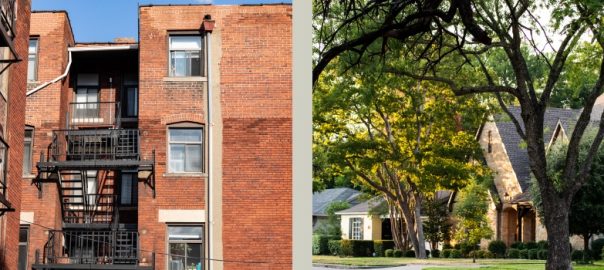
Urban trees and their canopy cover provide many benefits for urban residents, reducing air pollutant concentrations, mitigating stormwater runoff, maintaining water quality, encouraging physical recreation, and improving mental health. But just as urban ecologists are quantifying more and more benefits of urban trees for health, other research increasingly shows that...
1 Comment(s)Join our Conversation
30 April 2021
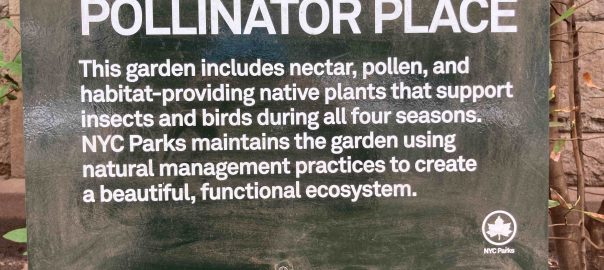
16 Comment(s)
Join our Conversation
29 April 2021
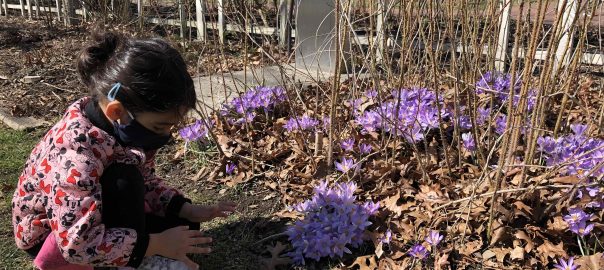
This essay is part four in a series. Since 13 March 2020, our team of social science researchers has been keeping a collective journal of our experiences of our New York City neighborhoods, public green spaces, and environmental stewardship during COVID-19. Read the essays from spring, summer, and fall here....
18 Comment(s)Join our Conversation


